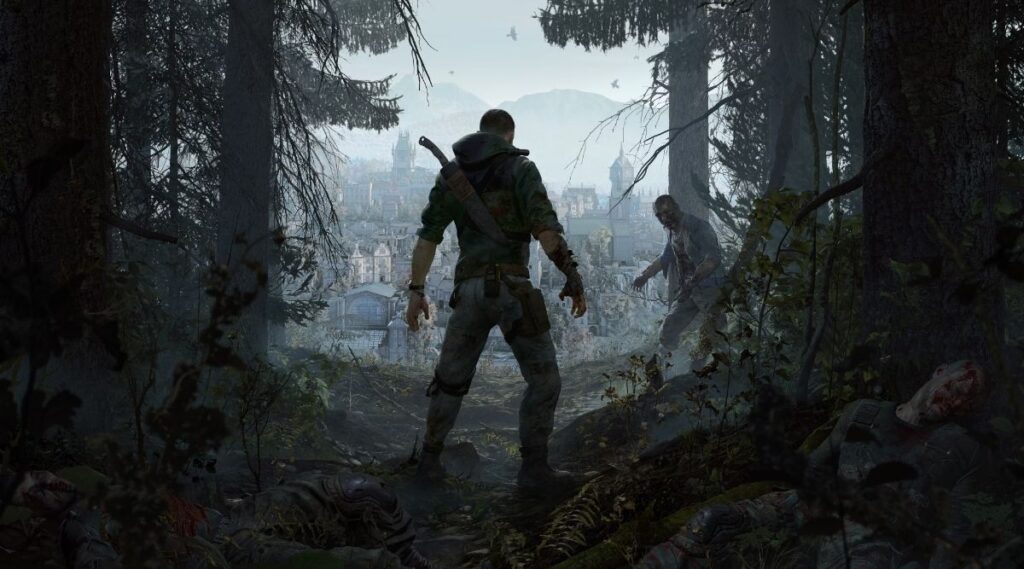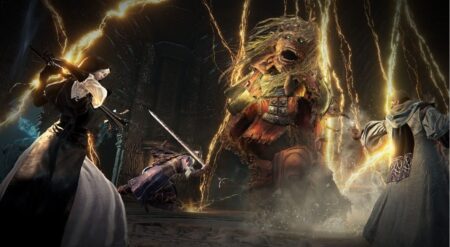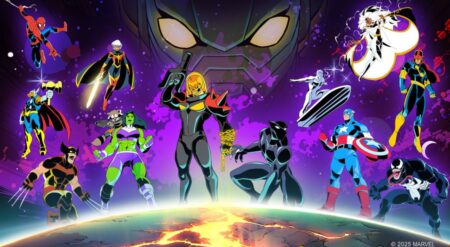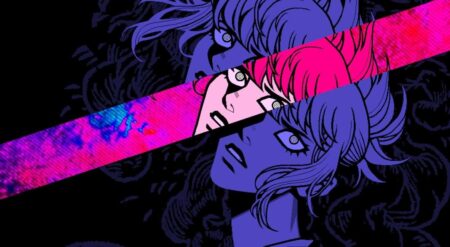Dying Light: The Beast, from developer and publisher Techland, is a true return to form for the Dying Light series. While Dying Light 2 does a lot to shake things up in the series, The Beast provides all the elements of the first game and enhances the gameplay experience in many ways, to varying degrees of success.
Dying Light: The Beast is a standalone zombie adventure game set in a post-apocalyptic world filled with zombies. It follows original protagonist Kyle Crane and takes place two decades after the events of the first game. After the events that occurred in Harran, Kyle wandered for a few years, evading the malicious organization called the GRE.
Unfortunately, he was eventually captured, tortured, and experimented on for 13 years by a vindictive scientist known as the Baron, who took an interest in his hybrid DNA. After a test subject rampages and causes havoc, Kyle takes the opportunity to escape the facility and vows vengeance against the Baron. Kyle meets many characters and helps them out in various ways, building allies in the process that will help him enact his revenge.
Dying Light: The Beast gives Kyle Crane new beastly powers.
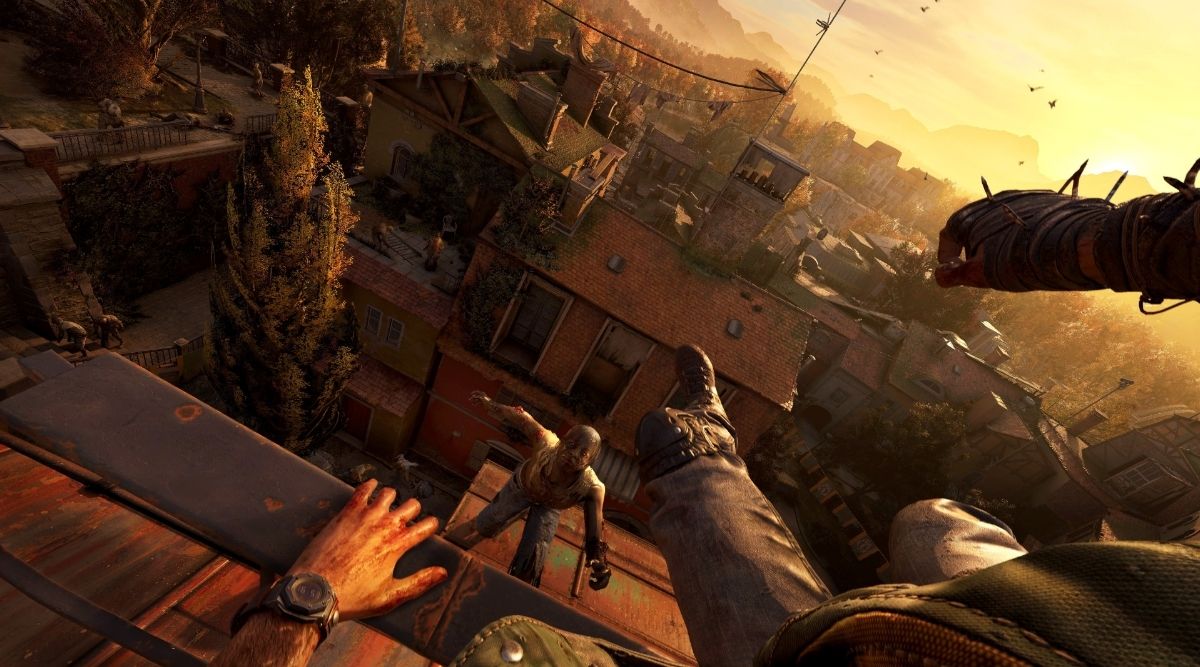
Dying Light: The Beast‘s narrative is quite simple. Like the first game, Kyle rescues several survivors, helps gather supplies, rebuilds structures, and more, between moments where he’s yelling about killing the Baron. These missions aren’t unlike similar missions you’ll see in other games in the genre.
However, unlike previous games in the series, The Beast grants players an all-new mechanic where they can enhance Kyle’s abilities and grant him several beastly powers. To do this, players hunt down Chimeras and collect their samples. These missions are where most of the game’s exciting moments occur, as each Chimera is significantly different from the last and will test players’ skills in various ways, including speed, accuracy, patience, and more.
As such, while the game’s overall narrative is serviceable, the story missions that don’t pertain to Chimeras feel generic and one-note. Additionally, some voice performances from certain characters can feel a bit over-the-top, rushed, and sometimes campy. However, the performances are never bad enough to completely ruin the narrative experience.
Weapon modding is an intuitive and fun way to mix up combat.
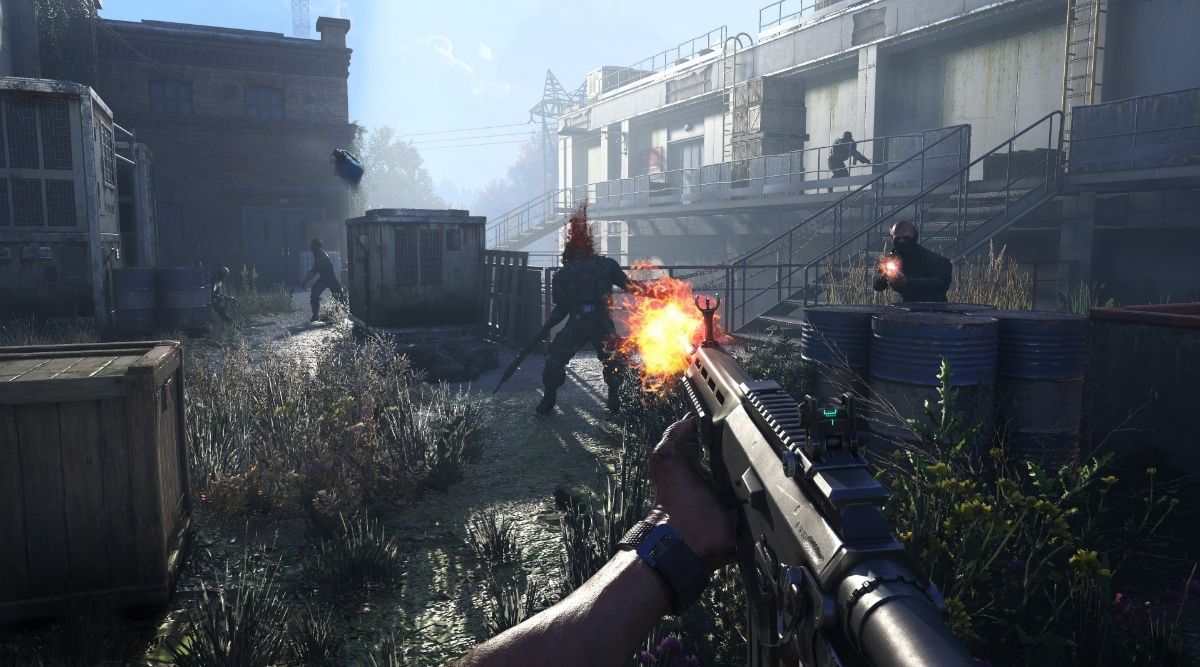
In terms of gameplay, Dying Light: The Beast takes the series back to its roots but also includes some positively engaging new additions and enhancements. The game features the same parkour system and many of the same weapons.
However, it also includes several new weapons, ranging from melee to firearms, including the grenade launcher, flamethrower, and more. Most of these weapons are incredibly fun to use, but finding Epic and Legendary weapons always feels great, as players can tell and feel the difference in their damage and stats.
Moreover, modding your weapons with status effects such as frost, toxic, and more is intuitive and succeeds in mixing up combat. As mentioned earlier, the game introduces the Beast system, which grants Kyle monstrous abilities, such as super strength, allowing him to pick up heavy items when triggering Beast mode.
There are also skills like super speed, new moves like a devastating stomp ability, and more. These skills not only enhance combat in engaging ways but also feel rewarding as players must earn them by defeating threatening foes. Beast Mode skills are incredibly fun to use and do an excellent job of making players feel powerful.
While leveling up is straightforward, retaining EXP can be tedious.
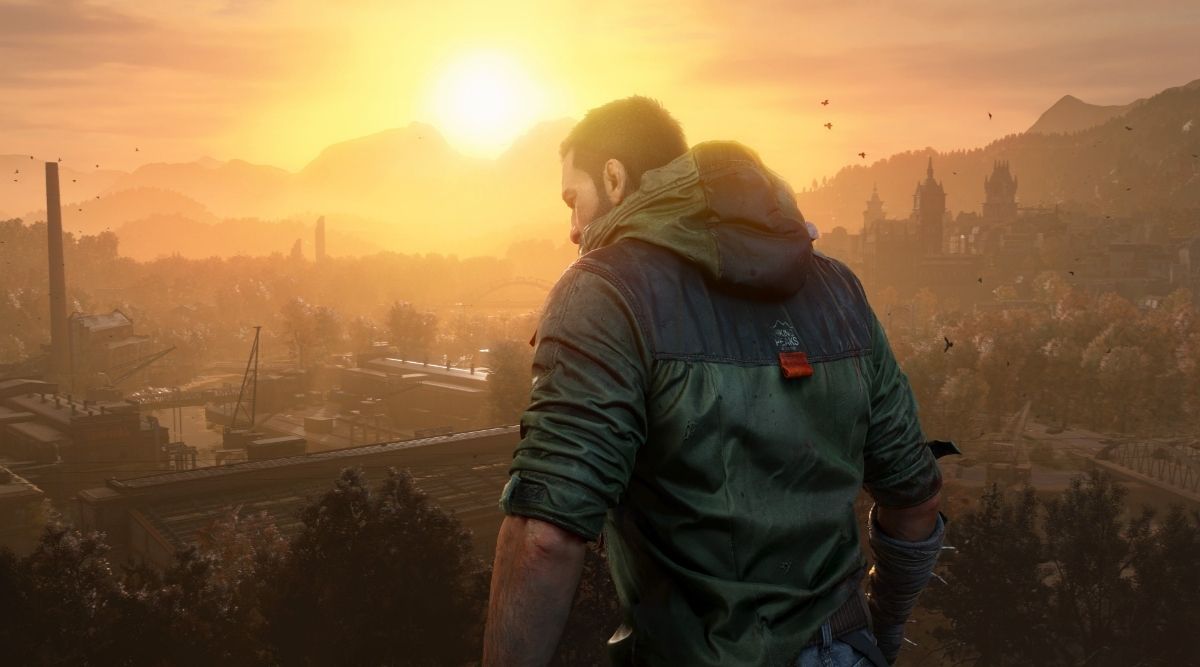
Dying Light: The Beast also notably introduces a grappling hook to the game. This new tool is a godsend as it speeds up traversal and makes the parkour system more fun. However, while the parkour system feels great, specifically when you enter a flow state and learn the ins and outs of the rooftops, several annoying aspects, such as bumping or glitching into an awkwardly placed object or zombie, or Kyle not grabbing onto ledges or platforms when he should, occasionally diminish the experience. Aside from these moments, for the most part, the parkour system is a treat.
Another drawback of the game is its progression system. While gaining levels and acquiring skills is pretty straightforward, retaining EXP can be tedious, especially in the Survival and Brutal difficulty modes. Players will die either due to their own dumb mistakes or to tough enemies, such as volatiles.
As you lose EXP with each death, it’s possible to lose a lot of EXP quickly. And as some missions require higher levels, you may have to grind out side quests, which is a pain if you just want to focus on the story missions.
The art direction is mundane, but the game around it remains very entertaining.
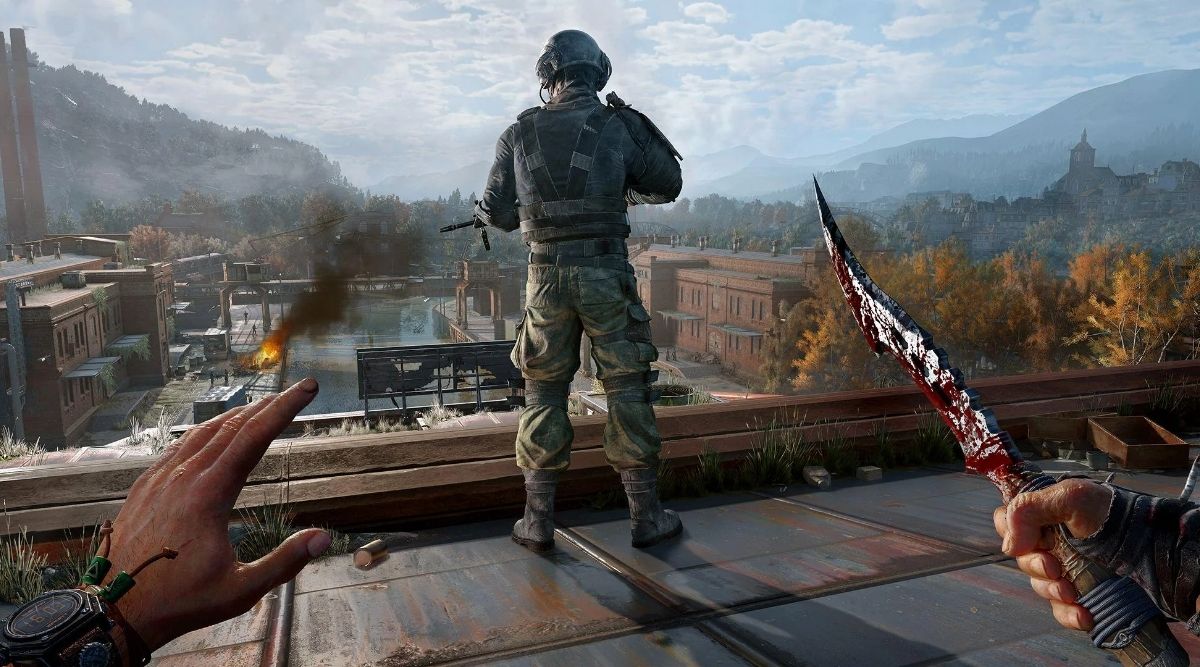
Visually, the game isn’t impressive. While the visuals don’t look awful, the graphics are quite average, as are the character models and objects. The game’s art direction is also similar to that of the first games, and there are not many new or awe-inspiring visual elements in the streets and forests of Castor Woods. It’s mostly just mundane forestry and the samey rooftops.
Lastly, aside from some minor glitches when platforming at awkward positions, the game runs smoothly throughout on PC. It had no lagging, framerate dips, or crashes. All in all, Dying Light: The Beast provides highly entertaining and engaging gameplay elements, but falters with its lacklustre narrative and mundane visuals.
Dying Light: The Beast
-
Rating - 7.5/107.5/10
TL;DR
Dying Light: The Beast provides highly entertaining and engaging gameplay elements, but falters with its lackluster narrative and mundane visuals.

